Leek pests and diseases: Complete guide with photos
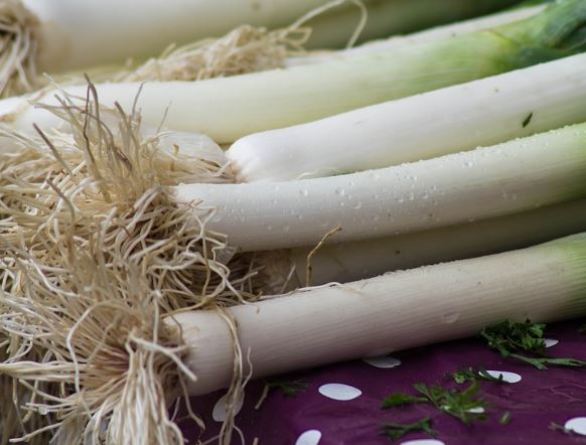
Hello to all gardeners! In today’s article we will learn to identify leek pests and diseases . Here we go!
As we saw in another article, the leek is a classic among the classics of our garden. It is a very versatile vegetable and therefore used in many stews in our day to day. The scientific name of the leek is Allium porrum , belonging to the lily families such as the onion. It is a plant native to regions between Europe and Asia. One of its advantages as a crop is the low demands it requires and the little space it needs. Of the 3 parts of the plant only the stem and bulb are consumed.

Because they belong to the same genus, leek pests and diseases are very similar to those of onions.
1. Pests and diseases of the leek: the most important pests
Onion moth ( Acrolepia assectella )
This insect can cause damage to our leeks due to the larvae, which penetrate inside. The females lay their eggs in late May. The main symptoms are a yellowing of the leaves, stop in the development of the plant and can reach its complete deterioration.
Below you can see a photo of this moth:
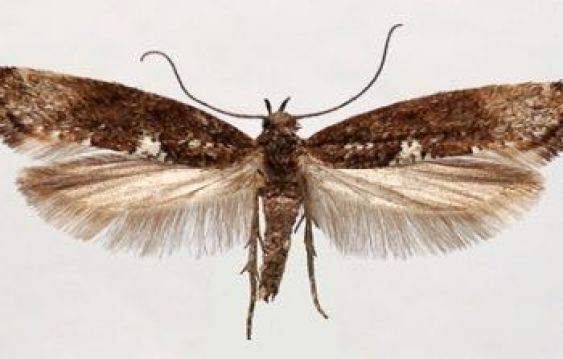
And, on the other hand, here we have Acrolepiopsis assectella causing damage:
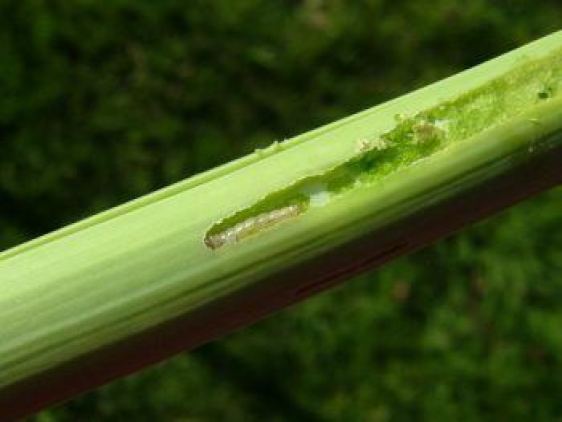
Leek thrips
On leeks that are affected by these small insects, thrips , brownish markings can be seen. They can even dry out the leaves. Adult thrips are black and nymphs, on the contrary, are pale yellow. This species is very harmful especially in hot and dry summers.
Control: Surveillance and chromatic traps.
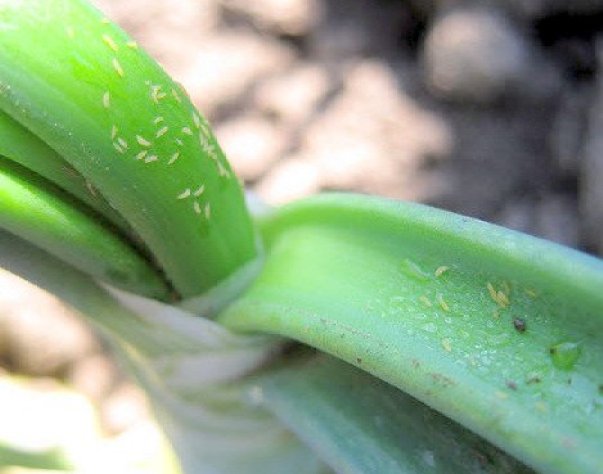
Nematodes on leeks
The roundworms , as we have seen on other occasions, are a species of worms that live in water and soil. They are usually transmitted by irrigation water, contaminated substrates, or by tools that have previously been in contact with affected areas. The larvae enter the plants through the parts that are in contact with the soil (absorbent root hairs).
They parasitize the roots of plants, preventing the normal absorption of water and nutrients. This results in decreased growth, wilting and yellowing of the leaves. The clearest symptom is nodules on the roots .
The leek is susceptible to nematode attack during any phase of its development, although the youngest plants are the most likely to be attacked. In some cases the bulb becomes soft.
For more information about this pest and how to prevent and eliminate it you can consult the post: Nematodes: what are they and what to do if they cause diseases .
Onion fly
The larvae of the whitefly penetrate inside the plant and grow inside it. They feed from the inside, and this causes wounds, which can end in bacterial rot , the plant can die. Special care must be taken in the seedbeds and seedlings, since very little time passes from when these symptoms are appreciated until the small plant dies. The damage it causes in these cases is irreversible.
2. Leek diseases
Among the most important diseases, the following stand out:
Mildew
One of the fungi that can affect leeks is Mildew . This fungus also affects other types of crops such as tomatoes, melons, broccoli, radishes, turnips, … It can be damaged by the fungus in any stage of growth. However, due to the conditions that it requires cold and humidity to develop, it usually appears in the seedling stage and in mature plants. It produces greasy-looking spots of different shades on the leaves, which later turn brown and wilt.
To control this disease we must avoid that the transplanted plants are infected and it is recommended to choose varieties resistant to this disease. In addition, it is important to keep the soil clean of weeds or weeds and to be careful with excess irrigation water.
Rotten Leek: Botrytis
Botrytis is another fungal disease and our leeks do not get rid of it. This disease is favored by a hot and humid climate, which is why it is one of the most important diseases in the greenhouse. The most characteristic symptom is bud and fruit rot (known as gray rot). It can also affect some leaves but is usually rarer.

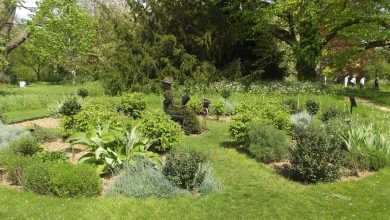
![Photo of Daisies Care: [Soil, Humidity, Pruning and Problems]](https://www.complete-gardening.com/wp-content/uploads/2022/08/daisies-care-soil-humidity-pruning-and-problems-390x220.jpg)
![Photo of Basil Pests and Diseases: [Detection, Causes and Solutions]](https://www.complete-gardening.com/wp-content/uploads/2022/08/basil-pests-and-diseases-detection-causes-and-solutions-390x220.jpg)
